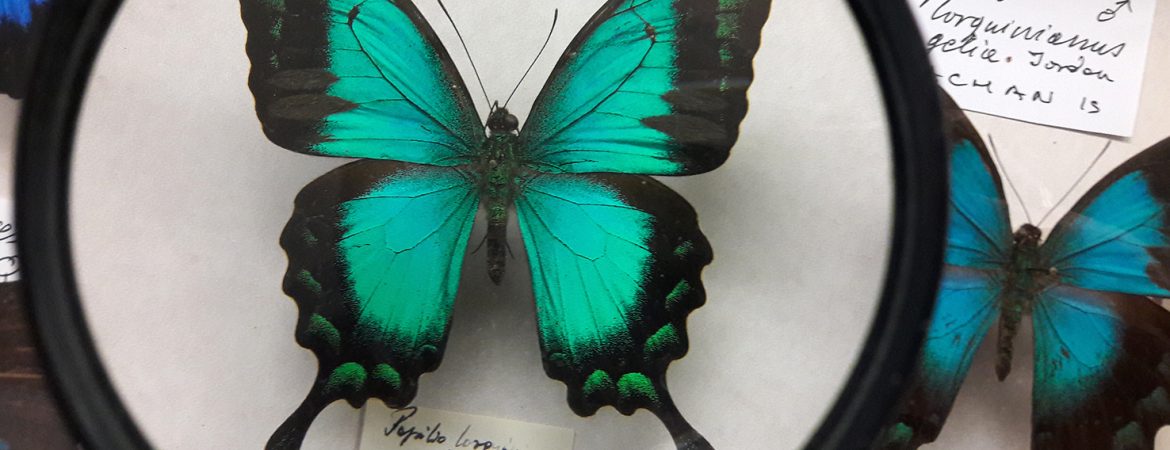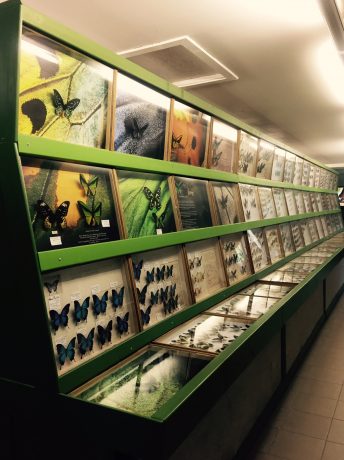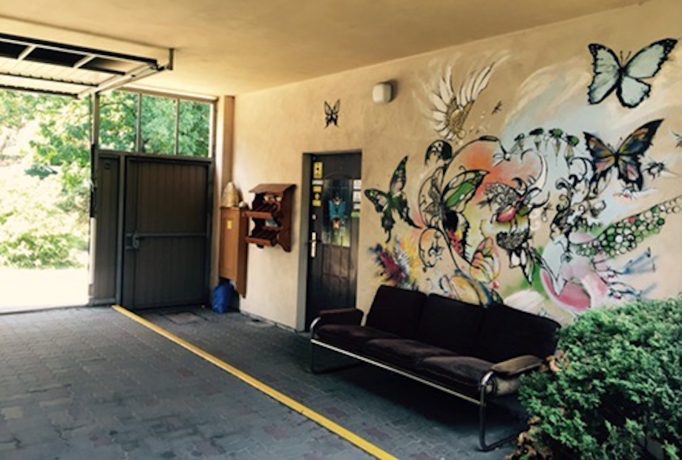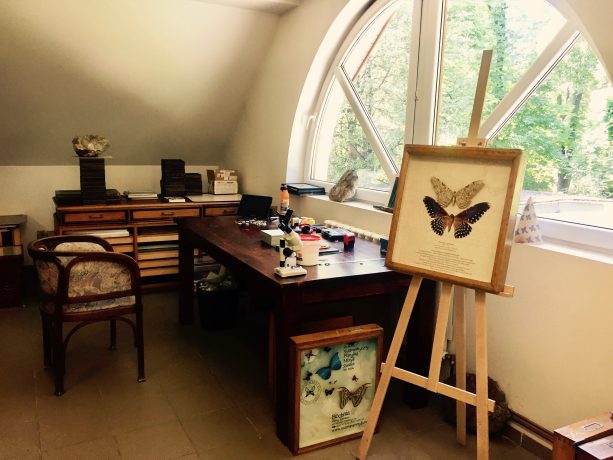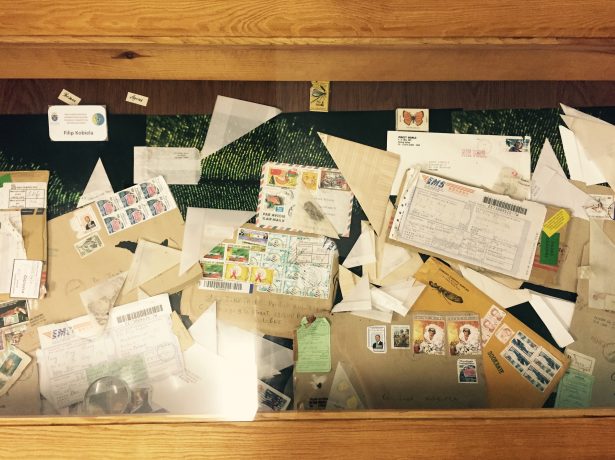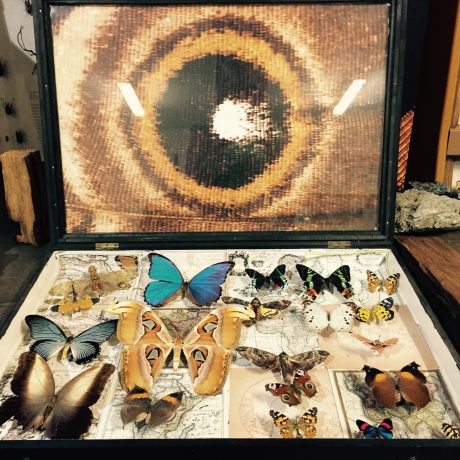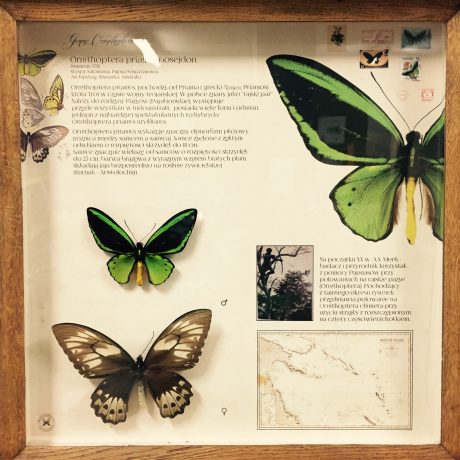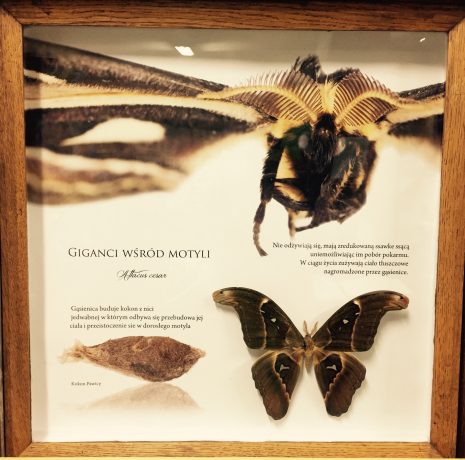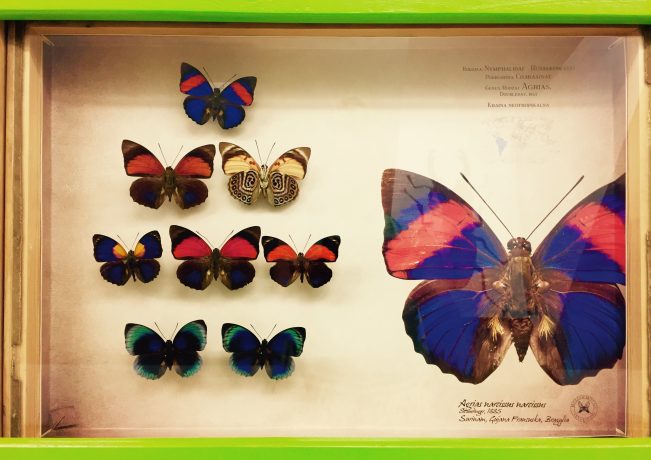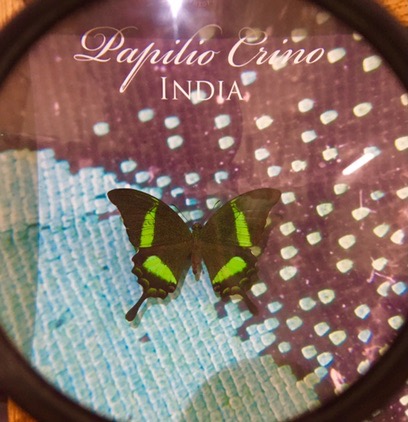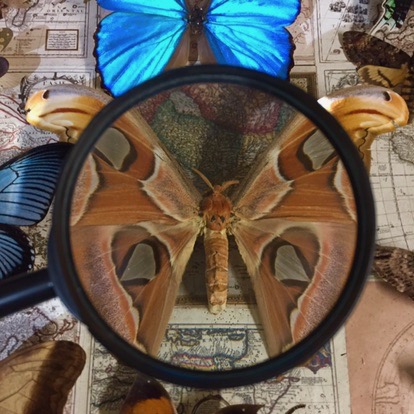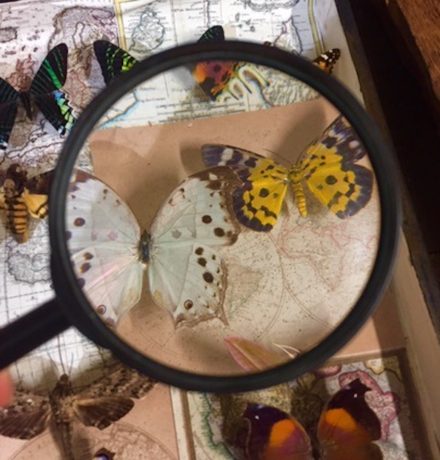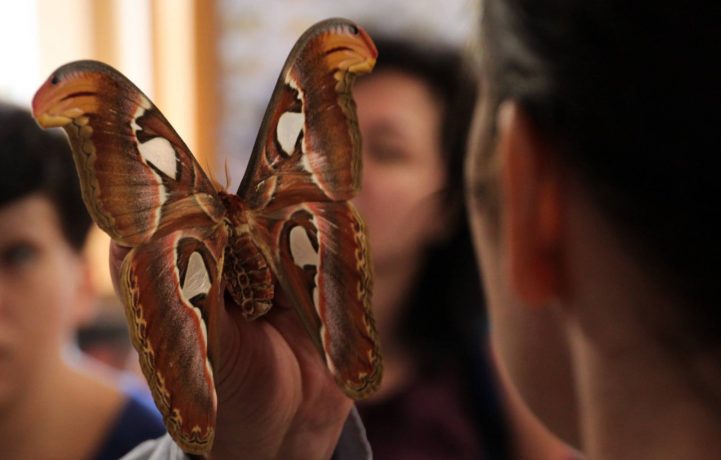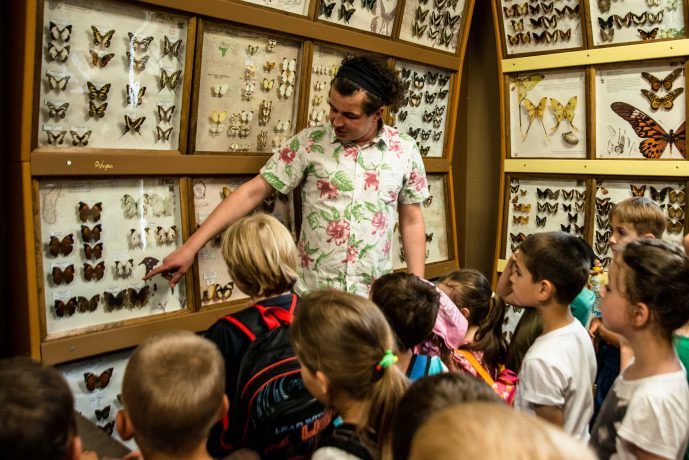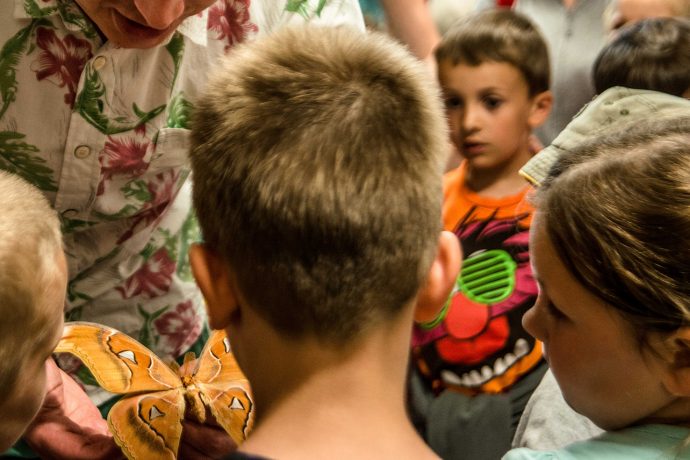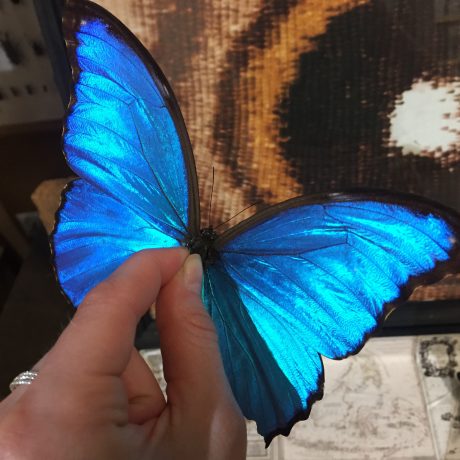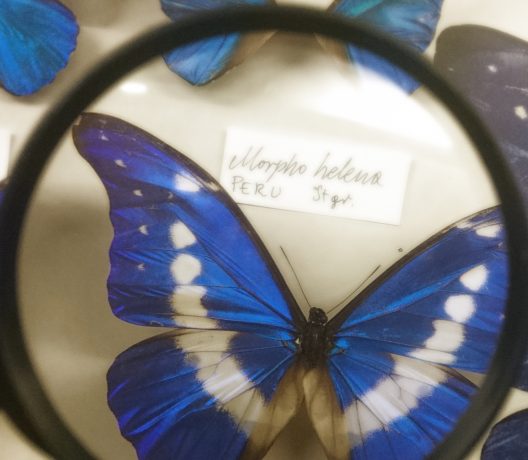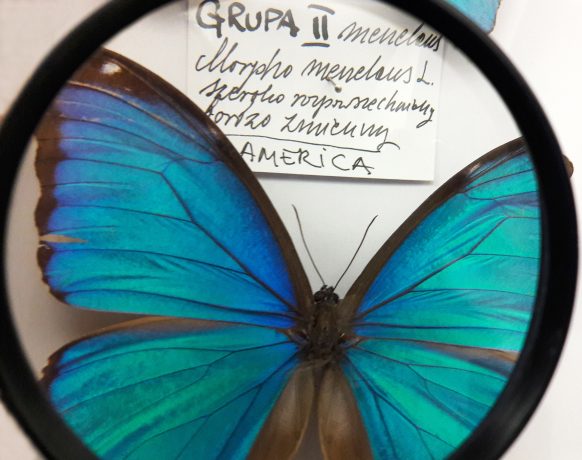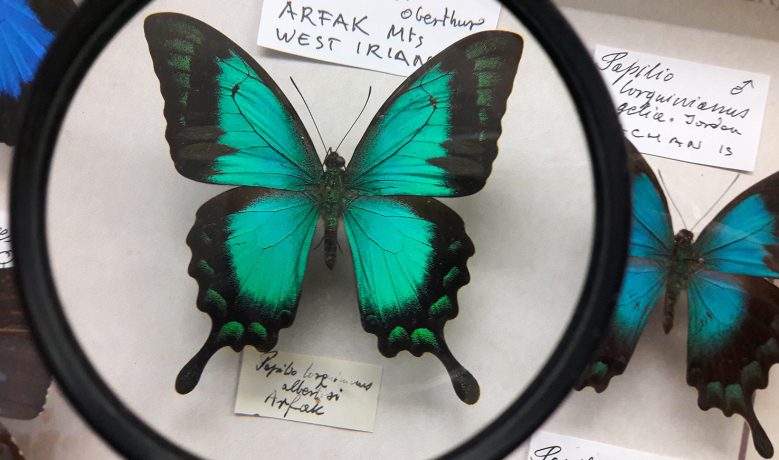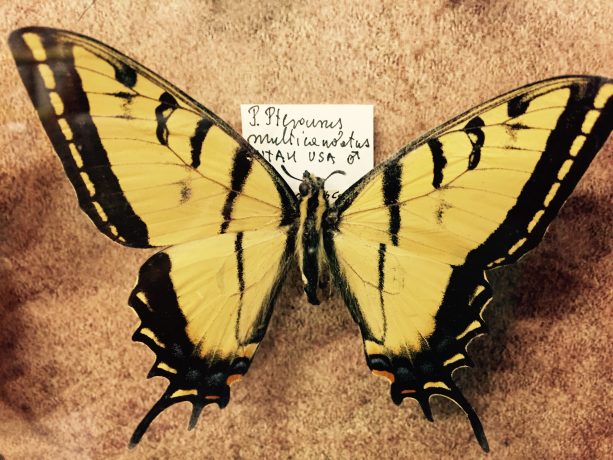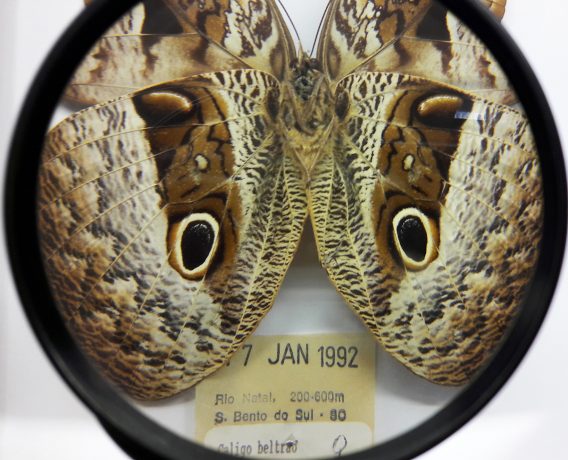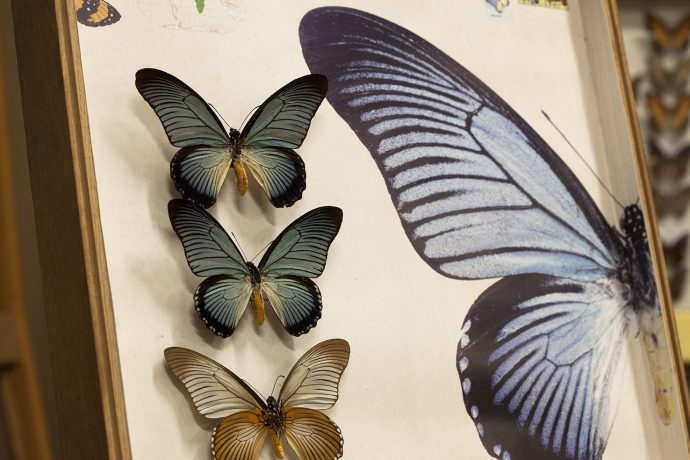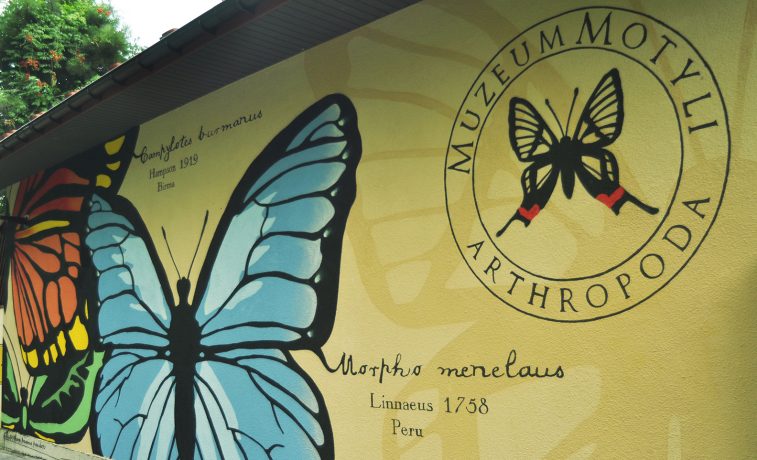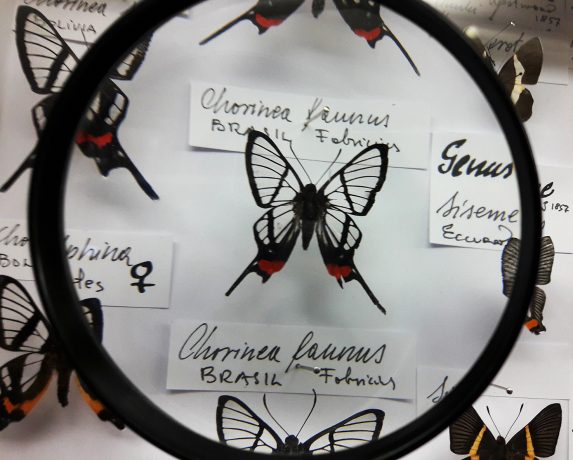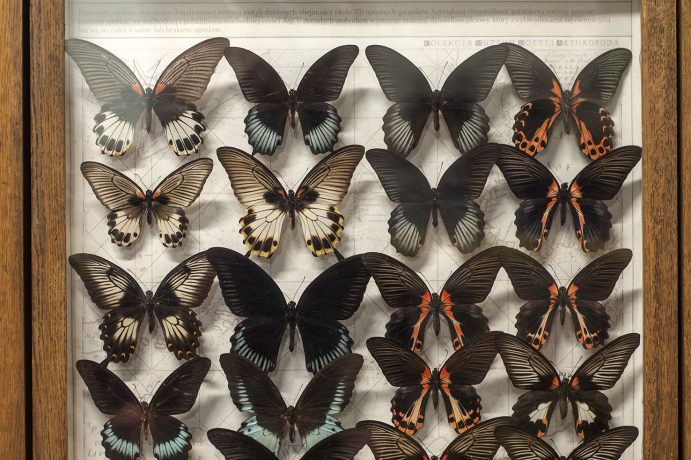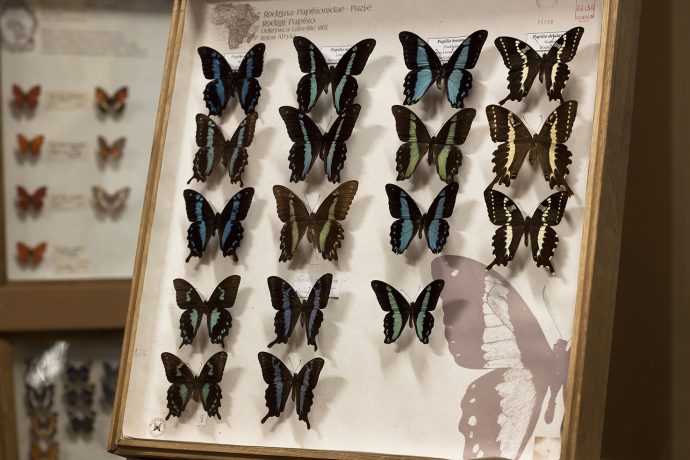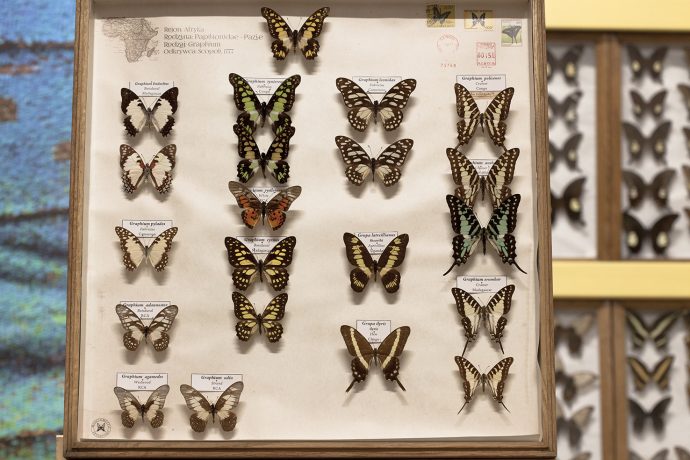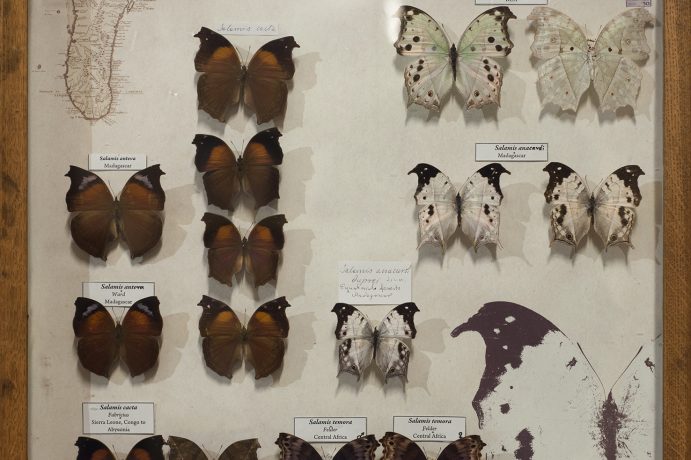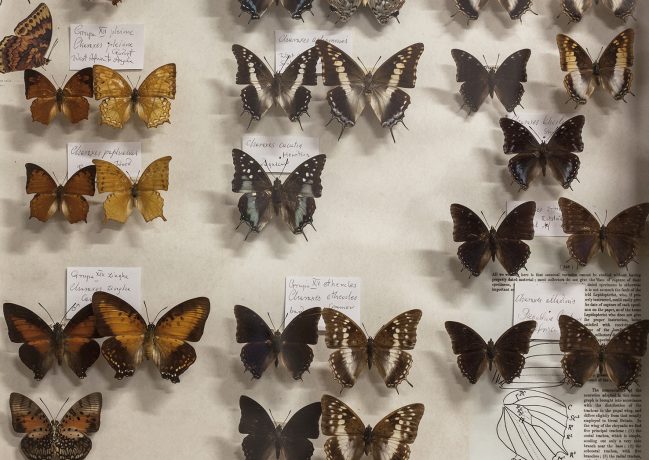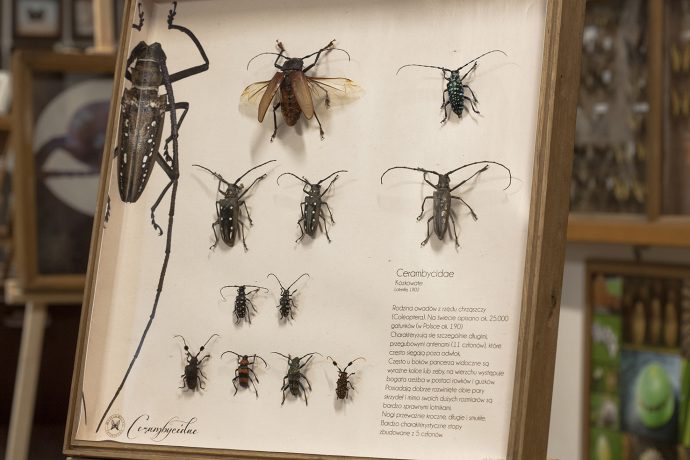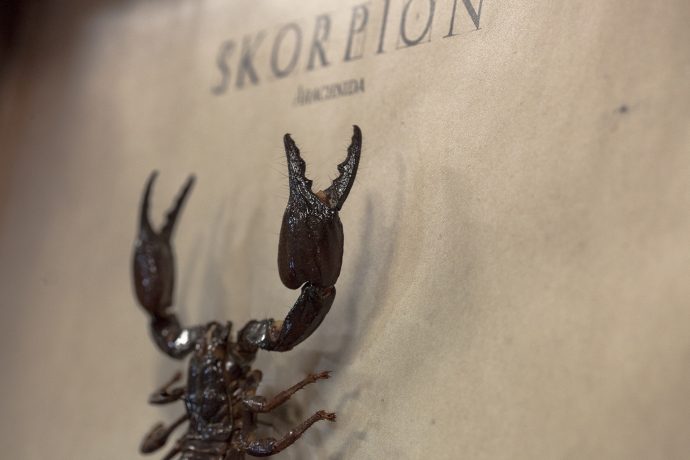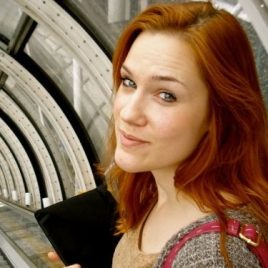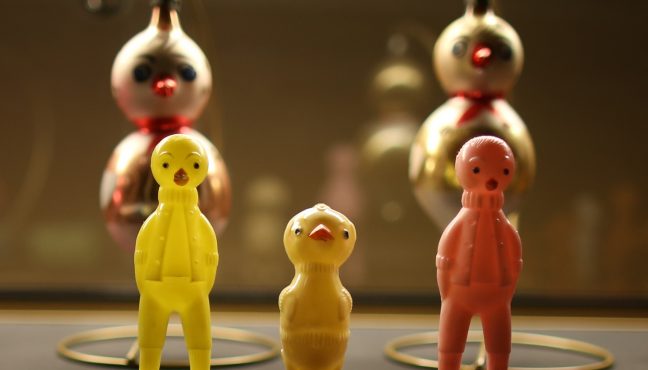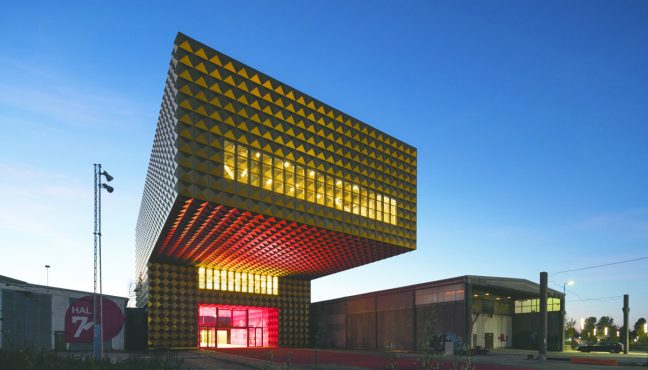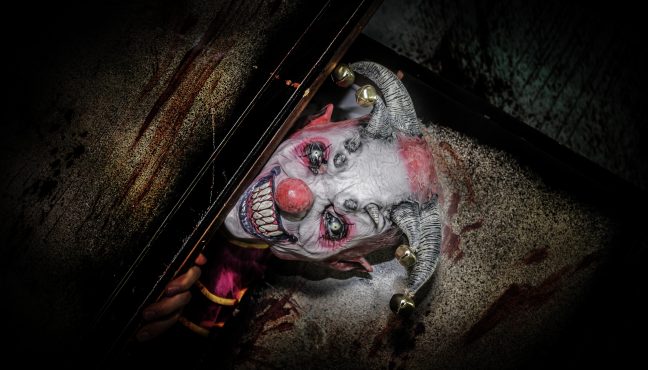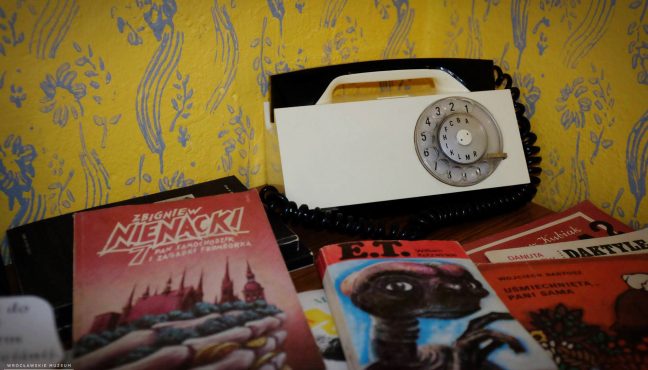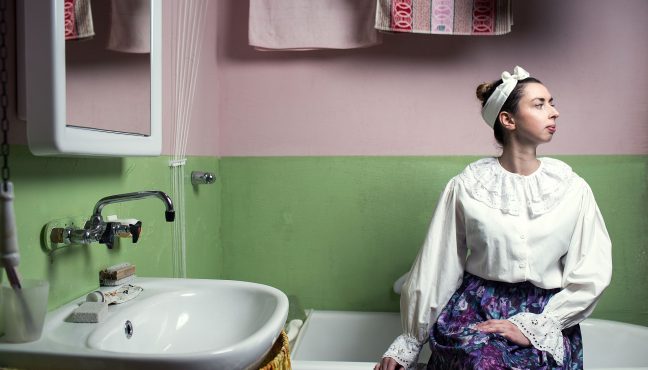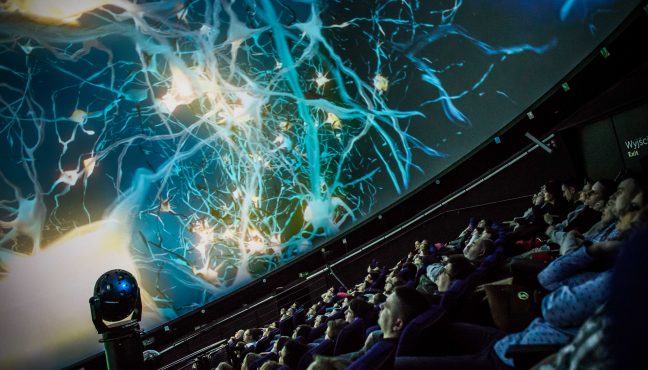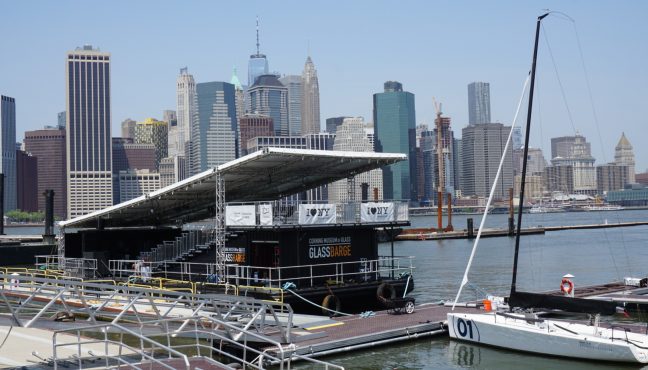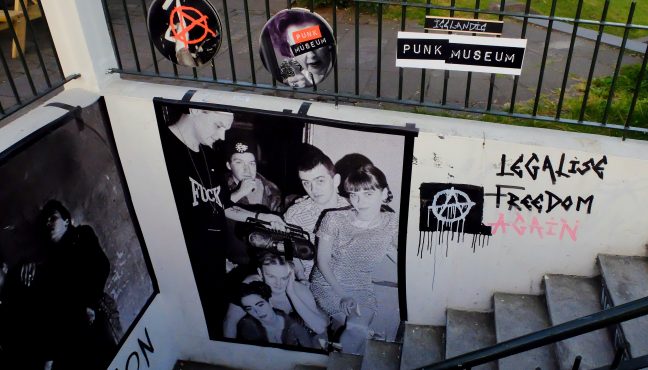Museums are all about heritage and memories, about art and history. We associate them with great buildings, rich architecture and dozens of mazy corridors. They become national symbols: Prado, National Gallery, Louvre. You need hours to manage to see everything on display and you are blown away by the presence of all the surrounding genius.
Sometimes running a museum becomes a family business, a small one and much more cozy in a way. When someone’s passion leads them to open a place to share their enthusiasm and treasures with the world. In a little town in the south of Poland, Bochnia, you can find such a place - a little museum, full of butterflies. There are only three museums like this in the whole country and this specific one is a family business that started from a private collection of one man.


Jacek Kobiela is a visual artist and an art restorer but mostly a passionate natural scientist. He has been a butterfly enthusiast and collector for 37 years. Everything started in 1980, when he purchased a couple of old sets of exotic and domestic butterflies. Thanks to his friendship with many professional entomologists, he was able to acquire specimen from all over the world. He started to travel in order to enrich his collection. A professor called Edward Palik, who shared Jacek Kobiela great passion for those beautiful arthropods, had great impact on him. Two friends inspired each other and took part in the expeditions together to places, such as Guatemala.
A passion for collecting runs in their family. Jacek’s grandfather is Stanisław Fischer, Polish teacher and activist, the founder of the first Museum of Bochnia’s land, opened back in 1959. Firstly, Jacek Kobiela was trying to display his collection within the Bochnia Museum, that currently is also named by his famous ancestor. He had the idea in 1991, though years of trying didn’t bring any agreement or success. That is why, in 2009 along with his son Filip, Jacek decided to open a Museum on his own. They founded the Butterfly Museum Arthropoda and what stands behind it is true passion, friendship, knowledge and a few generations of one family.
The Museum building stands right next to the family house, which makes it even more intimate and unique. It is situated in the local park, surrounded by trees, in a peaceful environment. Walking down the park alley towards the Museum, the butterfly signs are everywhere. You can’t miss the entrance, there is a huge blue butterfly painted on the wall - you have reached your destination.
The question is: Why butterflies?
Filip Kobiela, currently the person in charge of the expositions and collection and the host of the Museum, says that it’s because hunting for them helps to connect their two great passions: collecting and traveling. Butterflies live in the wildest and most pristine parts of the world. They’re undeniably beautiful and there are plenty of types, which makes collecting more challenging. He recalls his last „hunt” in Sri Lanka, when he was catching butterflies riding a bike. The passion is there, for sure.
Apart from the personal trips to catch the flying treasures, the Kobiela family still keeps their connections with many international entomologists going. They receive certain species from different places in the world. Sometimes the specimen arrives as chrysalis, which hatch in the Museum. There are butterfly auctions and the such thing as „insects’ industry” really exists. A very desirable type can cost even up to 40 000$. The butterflies are like a piece of art. An art of Nature.
The exhibition is huge and it occupies two floors of the building. It’s divided between the continents and it presents a total of 5 thousand butterflies. There are around 700 butterflies from Central Africa and the same number from Australia, more than 1500 from Asia, the same from Central and South America and finally around 400 from North America. Each butterfly is totally unique and has a tiny, little notice with its name based on the taxonomy of Linnaeus, the gender and the country of origin, hand-written.
Of course, except for the obvious aesthetic values there are some interesting facts you can find out. The butterflies are as good with camouflage as chameleons. Many of them have two-sided wings: one can be beautifully blue and shiny, to easily attract the predators, whereas the other side is brownish, with a sort of eyes painted on it. It helps the butterfly to hide and pretend to be the dangerous type. The weirdest specimen is the one, which reminds of a little alligator (!). Though to me it is more like a tiny hippo - still scary. The butterfly can also change into a leaf, a tiger and an owl. There is a specimen in Poland that looks like a humming-bird. It hangs around flowers and drinks the nectar in exactly same way. It’s all for the safety purposes. How smart Mother Nature is!


The Museum is pretty popular, not only in Poland. Visitors come from all over the world. Museum's „Nature Lessons” became very well-known, and school children can take part in a unique nature class that takes place in the Museum. They learn basic information about butterflies, how to distinguish the main types and how their camouflage works. Students can see films on the chrysalis turning into a butterfly. It lasts nearly an hour and it is one of the most exciting science classes children can possibly attend! Filip Kobiela admits that such lessons attract not only kids and teachers from surrounding schools, but also people from abroad. Lately they’ve had little visitors from Germany and Slovenia.
Filip plans to build another room as the whole family collection can’t fit in the existing Museum. There are still some types that need to be shown, there is just not enough space for it. The collection is still growing. Will they ever stop? We doubt as collecting just runs in their blood.
